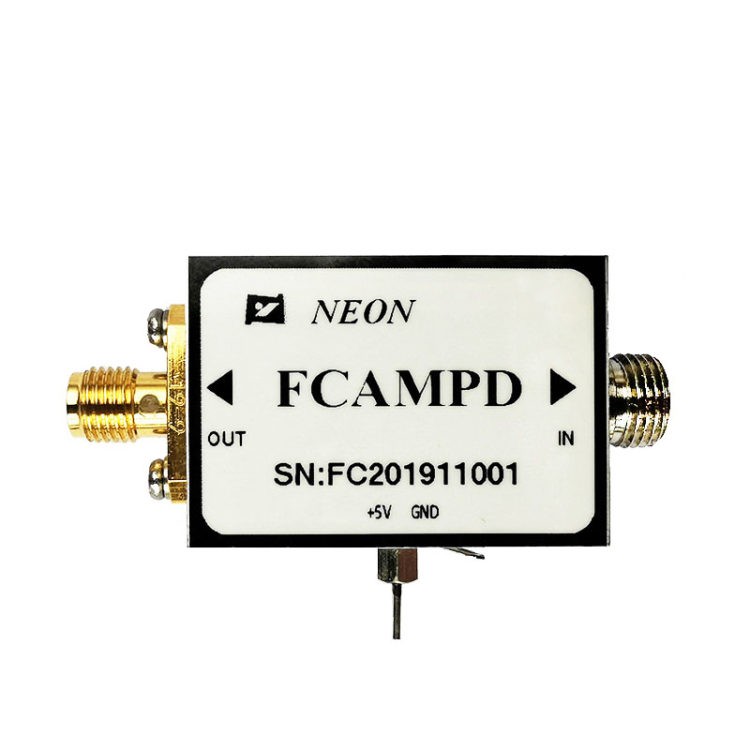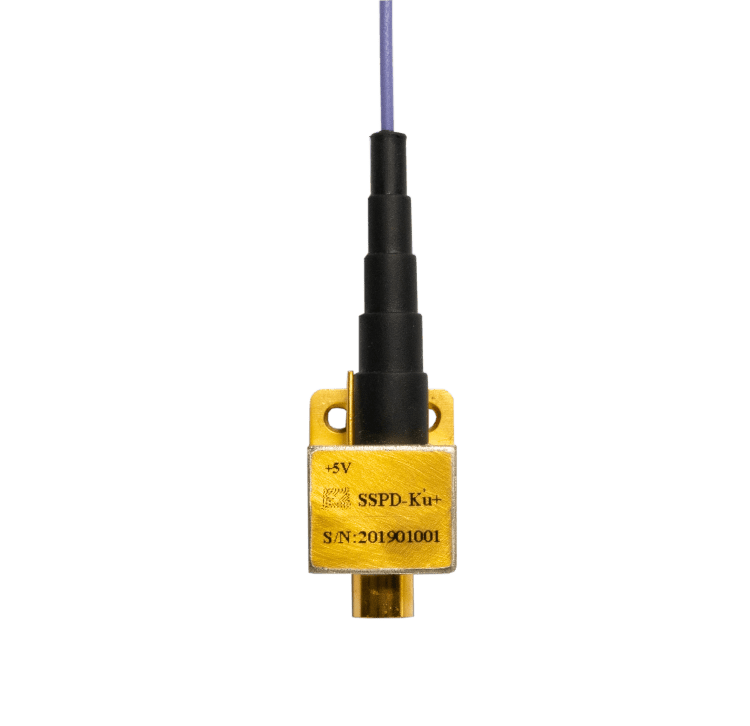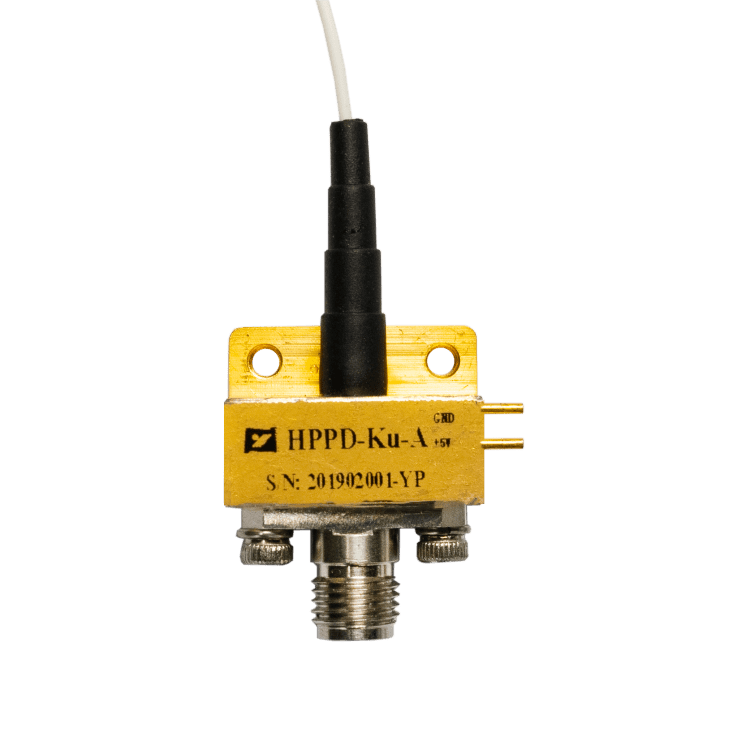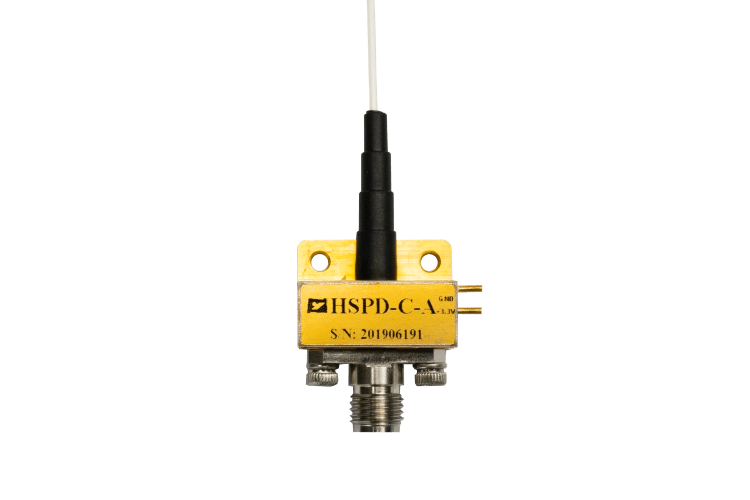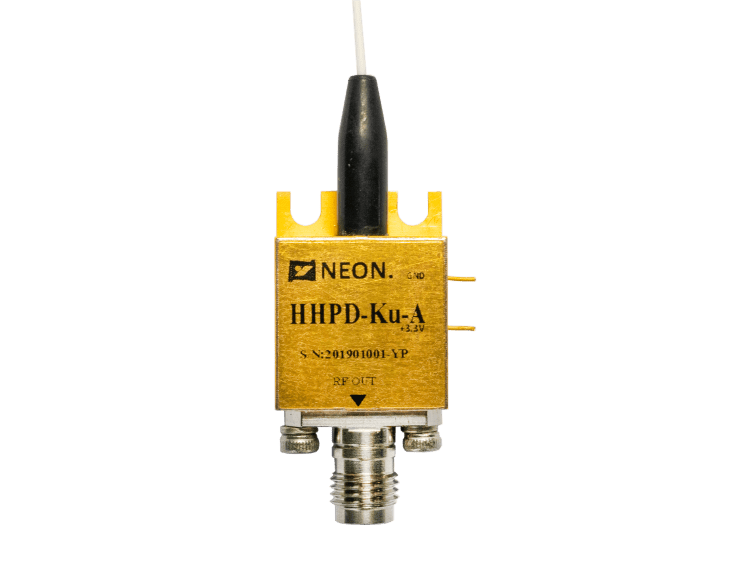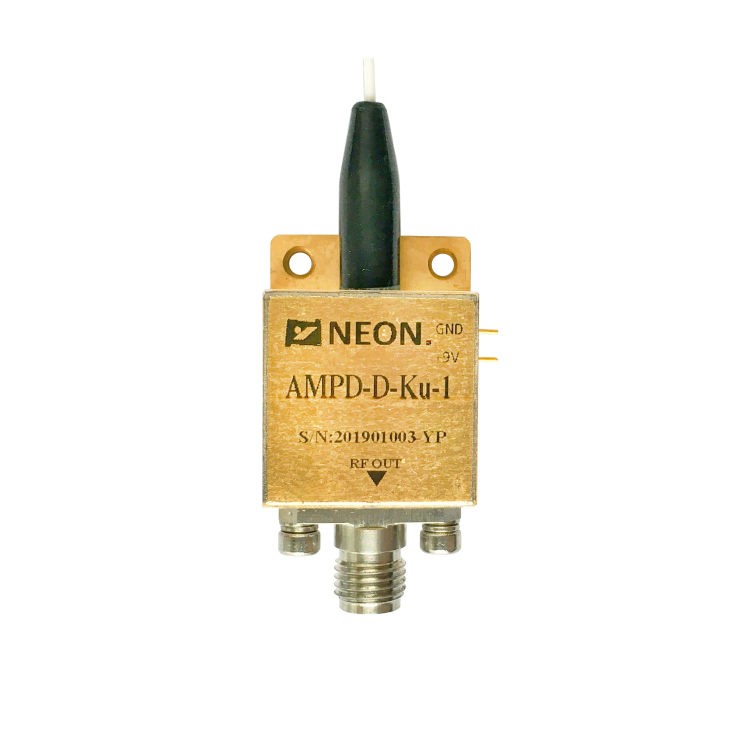Requirements For The Use Of Photodetectors
The principle of the photodetector is that the conductivity of the irradiated material changes due to radiation. Photodetectors are widely used in various fields of the military and national economy. So what are the advantages of photodetectors? And what should I pay attention to when using a photodetector? After reading the article, you will get the answer.

The performance of the photodetector
The photodetector is a device used to detect light, in most cases, it is to detect light power. Due to the diverse requirements of practical applications, there are many photodetectors suitable for different purposes:
A photodiode is a semiconductor device with a p-n junction or p-i-n structure (i stands for intrinsic layer) (see PIN-type photodiode), in which light is absorbed in the depletion layer to generate a photocurrent. The size of this device is very small. With a suitable electronic device, the device has the characteristics of fast response, high linear response, high quantum efficiency (that is, a single incident photon can generate almost one electron), and a large dynamic range. One of the most sensitive types is the avalanche photodiode, which can sometimes even be used for photon counting.
The metal-semiconductor-metal photodetector contains two Schottky contacts. It responds faster than a photodiode and has a bandwidth of several hundred GHz.
The phototransistor is similar to the photodiode to make use of the internal amplification of the photocurrent. It is not commonly used with photodiodes.
Photoresistors use some specific semiconductor materials, such as cadmium sulfide (CdS). Its price is lower than that of photodiodes. At that time, the response is slow, it is not sensitive, and has a strong nonlinear response.
The photomultiplier tube uses a vacuum tube. It also has high sensitivity (even for photon counting) and high response speed. However, it is expensive, large in size, and requires a high operating voltage.
The pyroelectric detector uses a nonlinear crystal (for example, LiTaO3) to absorb the pyroelectric voltage pulse generated by the light pulse at the absorption coating. They are commonly used to measure the millijoule pulse energy generated in a Q-switched laser.
The thermal detector (power meter) can measure the temperature rise caused by the absorption of light. This detector is very robust and can measure very high laser power, but has low sensitivity, medium linear response, and relatively small dynamic range.
At present, the photodetector for carbon nanotubes and graphene is still in the research and development stage, and it has the potential to provide a large wavelength range and fast response speed. The method of integrating this device on the optoelectronic chip is also under study.
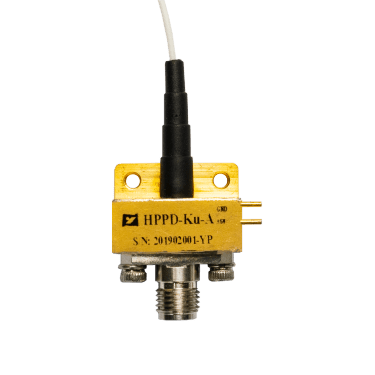
Some important properties of photodetectors
According to actual requirements, the photodetector needs to meet the following requirements:
The detector needs to have high sensitivity in a given wavelength range. In some cases, the sensitivity needs to be constant, or at least constant within a given wavelength region. Sometimes it is necessary to have no response in some other wavelength regions; for example, solar-blind detectors are sensitive only in a short ultraviolet wavelength range but are not sensitive to sunlight.
The detector must work normally within a certain power range. The maximum limit of the detector power depends on the nonlinear response or damage problem, while the minimum power is determined by the noise. The dynamic range (the ratio of the maximum detection power to the minimum detection power expressed in decibels) is also very important. Some detectors also have a very high linear response when the dynamic range is greater than 70 dB.
In some cases, not only is high responsivity is required, but also high quantum efficiency is required, otherwise additional quantum noise will be introduced. This can be used to detect the squeezed state of light and will also affect the photon detection probability of a single-photon detector.
When detecting a strong divergent beam emitted from a laser diode, the size of the active area of the detector needs to be considered. If the light source has a large and varying beam divergence angle, it is difficult to detect all of these lights in the active area. At this time, an integrating sphere can be used to measure the total power.
The detection bandwidth may start at 0 Hz or a certain limited frequency, and the peak frequency is determined by internal processes (for example, the speed of carriers in semiconductor materials) or related electronics (for example, introducing some RC time constants). Some resonant cavity detectors only work in a very narrow frequency range, which is very suitable for phase lock detection.
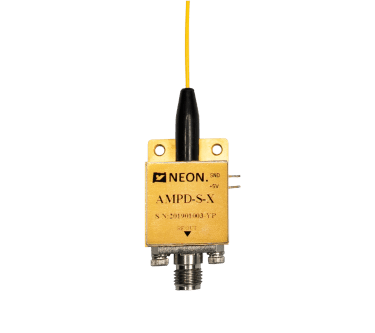
Some detectors (such as pyroelectric detectors) are very suitable for detecting pulses and not suitable for detecting continuous light.
When detecting pulses (of the order of several photons), timing accuracy is very important. Some detectors have a “dead time” after detecting a pulse, during which the sensitivity is very low.
Different types of detectors require different complex electronics. When it is necessary to apply a high voltage or detect a very small voltage, the size of the device becomes larger and the cost becomes higher.
Especially some mid-infrared light detectors need to be cooled to a very low temperature. Therefore, it is not applicable in many cases.
Sometimes it is necessary to use a one-dimensional or two-dimensional photodetector array. At this time, some other factors need to be considered, such as cross-interference and readout technology.
Many applications have requirements for device size, robustness, and cost.
The various types of detectors listed above have many different properties. In traditional application areas, some basic requirements can exclude certain types of detectors, and the types of detectors to choose from are very limited. It should be noted that there are some trade-offs in the application. For example, it is difficult to obtain a high detection bandwidth and high sensitivity at the same time.


